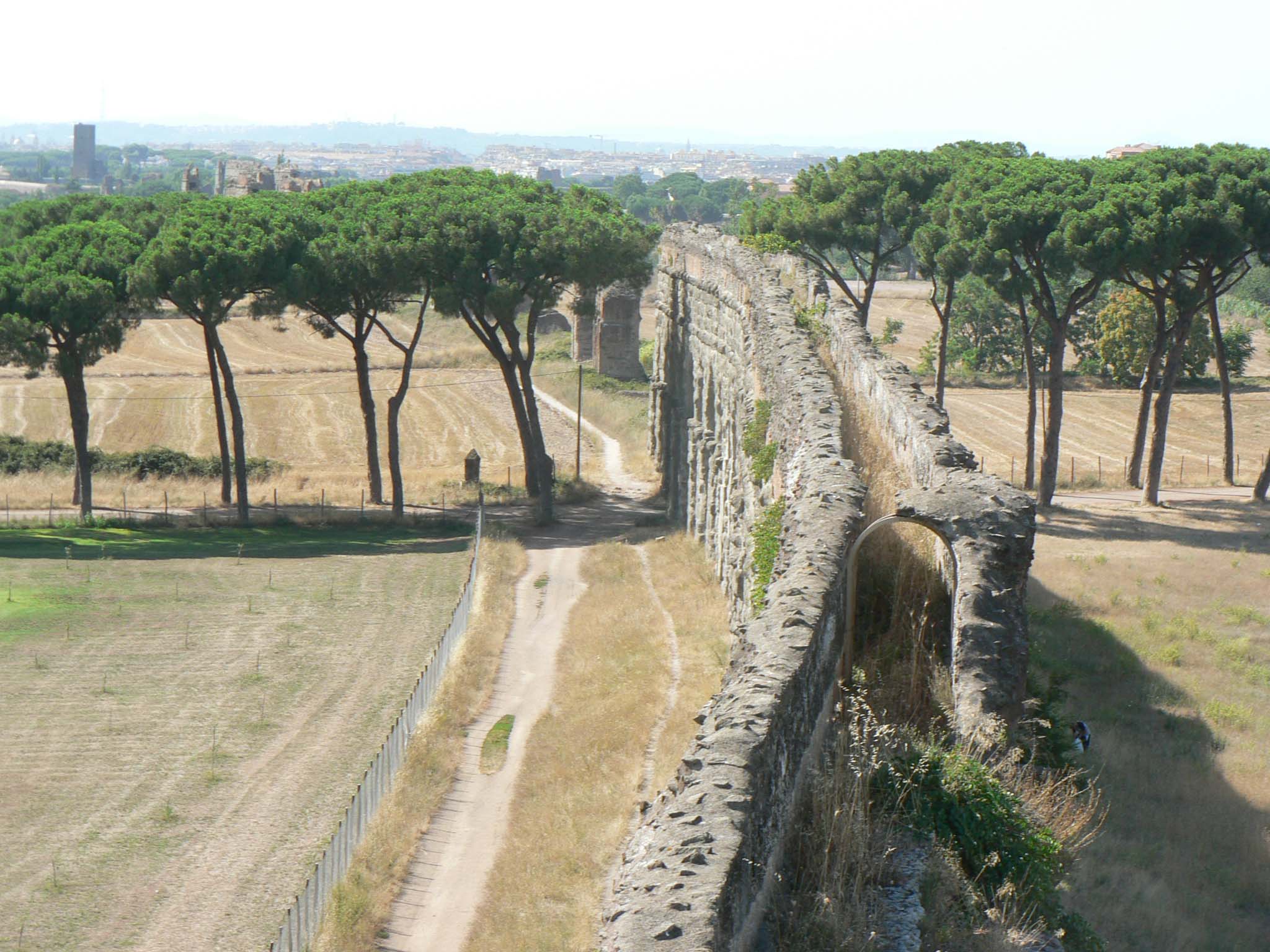Fossilized flows from Rome’s ancient aqueducts: control, contamination and cessation
Portus Limen Seminar Series and Archaeology Departmental Seminar Series
2nd June 2016 5:00 pm
University of Southampton, Wymer Lab, building 65a, Avenue Campus
Fossilized flows from Rome’s ancient aqueducts: control, contamination and cessation
By D. KEENAN-JONES*1, D. MOTTA2, A. FOUBERT3, G. FRIED4, M. SIVAGURU4, R.K. SHOSTED5, M. PERILLO6, J. TONEY7, J. WALDSMITH6, H. WANG8, M. H. GARCIA2 AND B. W. FOUKE4,6,9
1Classics, School of Humanities, University of Glasgow (*presenting author) email: Duncan.Keenan-Jones@glasgow.ac.uk; 2Department of Civil and Environmental Engineering, University of Illinois, Urbana-Champaign, USA; 3Department of Geosciences, Université de Fribourg, Switzerland; 4Institute for Genomic Biology, University of Illinois, Urbana-Champaign, USA; 5Department of Linguistics, University of Illinois Urbana-Champaign, USA; 6Department of Geology, University of Illinois, Urbana-Champaign, USA; 7School of Geographical and Earth Sciences, University of Glasgow, UK; 8Illinois State Geological Survey, Urbana-Champaign, USA; 9Department of Microbiology, University of Illinois, Urbana-Champaign, USA.

Rome’s ground-breaking water supply system allowed unprecedented urbanism. This paper presents a reconstruction of the flow history of one of Rome’s major aqueducts, the Anio Novus, using hydraulic modelling and field and microscopic analyses of a limestone deposit called travertine formed from the aqueduct’s water. These suggest that the early decades of the Anio Novus’ operation included large-scale variations in flow rate, punctuated by at least six flow interruptions, probably related to maintenance and repair. This research points to a lack of maintenance and/or greater water use upstream than previously thought, as well as overestimation of the discharge of the Anio Novus at Rome for most of its history. Preliminary results indicate that dark layering in the deposits could be a palaeo-rainfall proxy. The methods presented are applicable to any water system containing hard water.
Duncan Keenan-Jones is a research associate at the University of Glasgow, working on the project Hero of Alexandria and his Theatrical Automata. Drawing upon his training in studies of the ancient world and the physical sciences, Dr. Keenan-Jones and his collaborators study Roman water management by combining archaeology, history, geology, chemistry and fluid mechanics. He will be speaking on work begun during his time as Mellon postdoctoral research associate at the University of Illinois, Urbana-Champaign.

